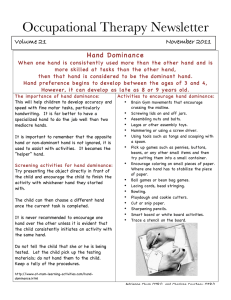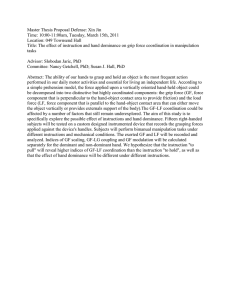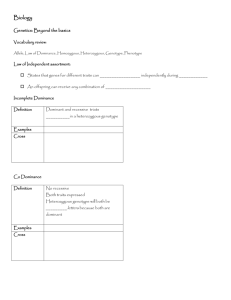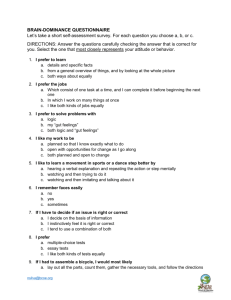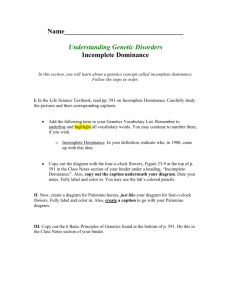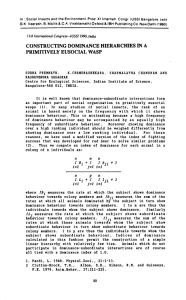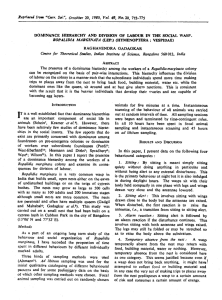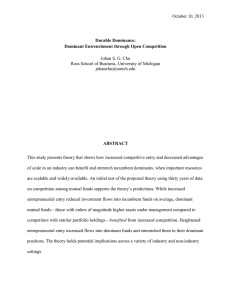In Social Insects and the Environment Congr
advertisement
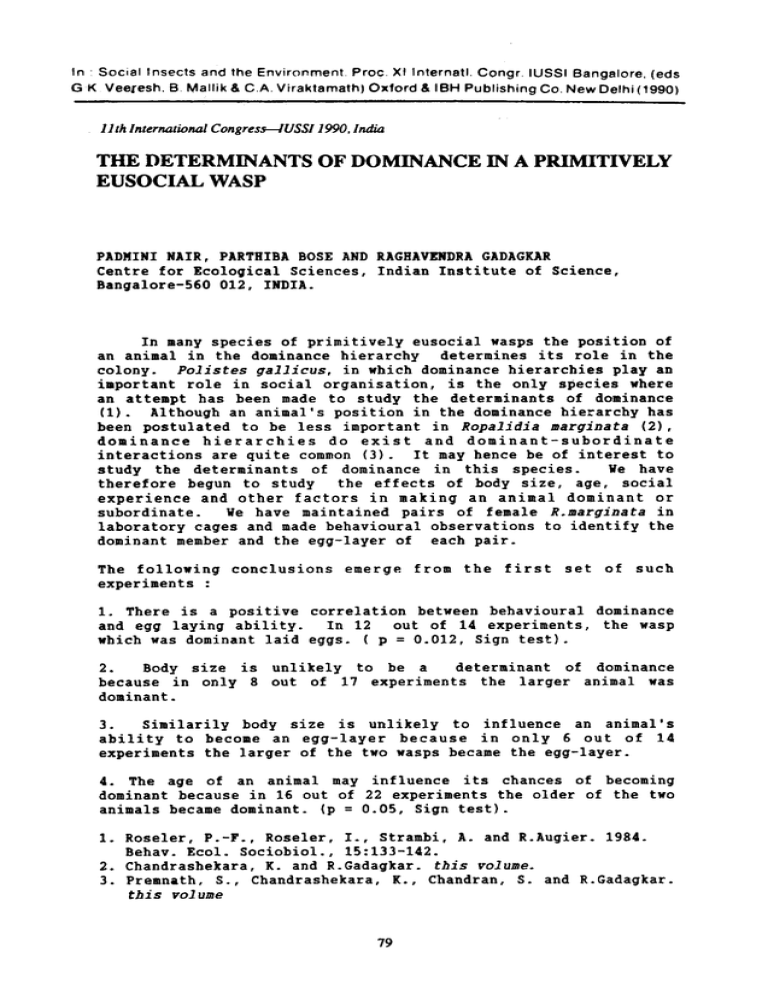
In GK Social Insects Veeresh, and the Environment B Mallik & CA Proc Viraktamath) Xllnternatl Oxford Congr & IBH Publishing IUSSI Bangalore, (eds Co New Delhi (1990) 11th International Congress-lUSSI 1990.India THE DETERMINANTS OF DOMINANCE IN A PRIMITIVELY EUSOCIAL WASP PADKINI NAIR, PARTHIBA BOSE AND RAGHAVENDRA GADAGKAR Centre for Ecological Sciences, Indian Institute of Science, Bangalore-560 012, INDIA. In many species of primitively eusocial wasps the position of an animal in the dominance hierarchy determines its role in the colony. Polistes gallicus, in which dominance hierarchies play an important role in social organisation, is the only species where an attempt has been made to study the determinants of dominance (1). Although an animal's position in the dominance hierarchy has been postulated to be less important in Ropalidia marginata (2), dominance hierarchies do exist and dominant-subordinate interactions are quite common (3). It may hence be of interest to study the determinants of dominance in this species. We have therefore begun to study the effects of body size, age, social experience and other factors in making an animal dominant or subordinate. We have maintained pairs of female R.marginata in laboratory cages and made behavioural observations to identify the dominant member and the egg-layer of each pair. The following experiments: conclusions 1. There is a positive and egg laying ability. which was dominant laid emerge from the first set correlation between behavioural In 12 out of 14 experiments, eggs. ( p = 0.012, Sign test). 2. Body size is unlikely because in only 8 out of dominant. of such dominance the wasp to be a determinant of dominance 17 experiments the larger animal was 3. Similarily body size is unlikely to influence an animal's ability to become an egg-layer because in only 6 out of 14 experiments the larger of the two wasps became the egg-layer. 4. The age of an animal may influence its chances of becoming dominant because in 16 out of 22 experiments the older of the two animals became dominant. (p = 0.05, Sign test). 1. Roseler, P.-F., Roseler, I., Strambi, A. and R.Augier. 1984. Behav. Ecol. Sociobiol., 15:133-142. 2. Chandrashekara, K. and R.Gadagkar. this volume. 3. Premnath, S., Chandrashekara, K., Chandran, S. and R.Gadagkar. this volume 79

